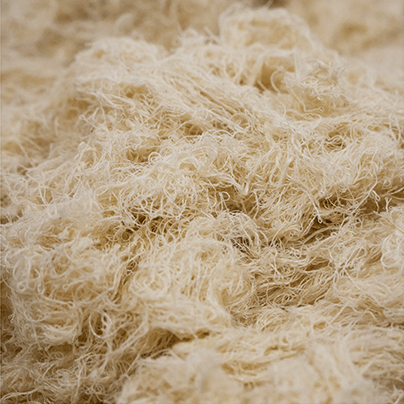Feeling Cotton
In order to research cotton, a cotton field was established at the Omachi Factory and cultivation began. Even though we started with no knowledge or expertise and became painfully aware of the difficulties of dealing with pest damage and nature, we have now grown ten varieties of cotton and have discovered that cotton can be grown in the cool environment of Omachi City.
The location also functions as a place of communication for local exchange and learning through cotton by planting and harvesting cotton together with the surrounding community.
By growing cotton ourselves, we are reminded of the preciousness of nature’s bounty, and are developing new yarns using waste thread and waste cotton (cotton waste from the spinning process), making it possible to create products that do not waste cotton.


Yarns developed from “fallen cotton” and “thread scraps” are reused for renment’s original drawstring.


















